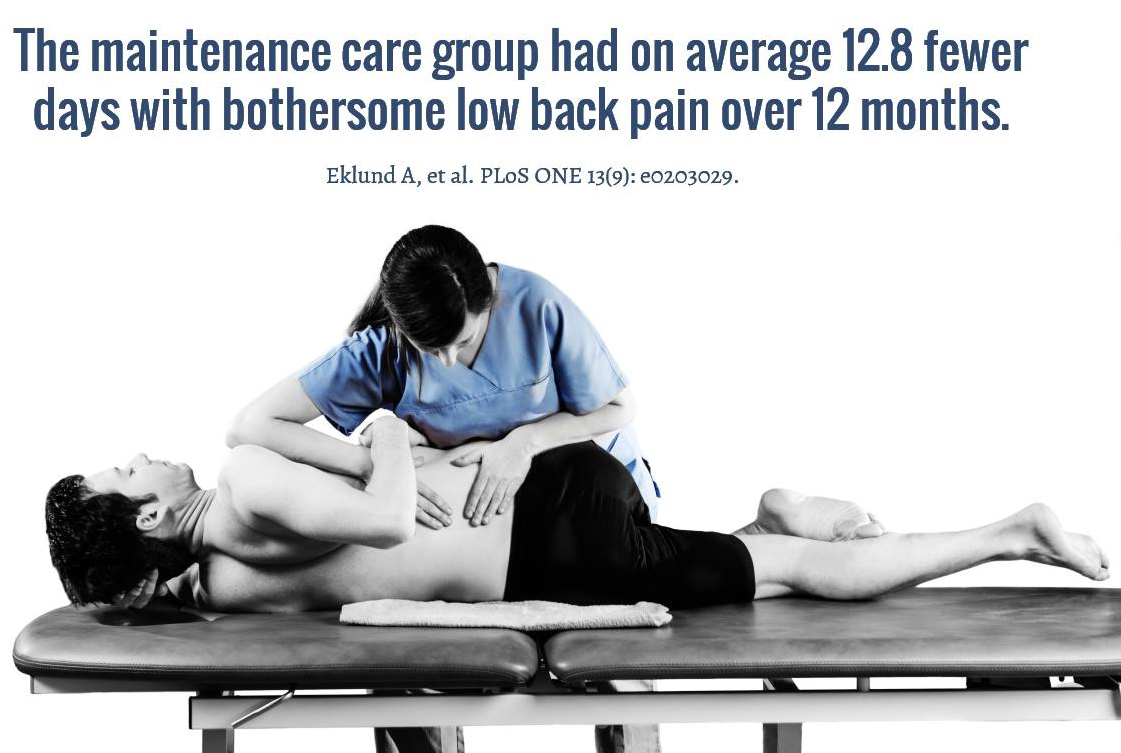Limited Prognostic Value of Pain Duration in Non-specific Neck Pain Patients Seeking Chiropractic Care
Limited Prognostic Value of Pain Duration in Non-specific Neck Pain Patients Seeking Chiropractic Care
SOURCE: European Journal of Pain 2022 (Apr 21) [EPUB]
| OPEN ACCESS |
David Guillén, Alexandros Guekos, Nadia Graf, Barry Kim Humphreys, Cynthia Peterson, Petra Schweinhardt
Faculty of Medicine,
University of Zurich,
Zurich, Switzerland.
Background: Pain chronicity is considered an important prognostic factor for outcome. Here, it was investigated whether pain duration influences outcome when only chronic patients (pain >3 months) are considered. Secondary aims were to determine, in patients of any pain duration, how much variance in outcome is explained by pain duration and whether pain duration truly predicts outcomes, that is out-of-sample prediction in independent data.
Methods: Secondary analysis of a cohort study of neck pain patients. Patients were assessed before start of treatment and at 1-week, 1-, 3-, 6- and 12-month follow-up. Outcomes were patient global impression of change (PGIC) and percent change in patients’ perceived pain intensity, rated on a numerical rating scale (NRS). Regression analyses (linear and logistic) and supervised machine learning were used to test the influence of pain duration on PGIC and percent NRS change at 1-week, 1-, 3-, 6- and 12-month follow-up within sample and out-of-sample. Separate analyses were performed for the full sample (n = 720) and for chronic patients (n = 238) only.
Results: No relationship between pain duration and outcome was found for chronic patients only. For the full sample, statistical relationships between pain duration and outcomes were observed at all tested follow-up time points. However, the amount of variance in outcome explained by pain duration was low and no out-of-sample prediction was possible.
There are more articles like this @ our:







